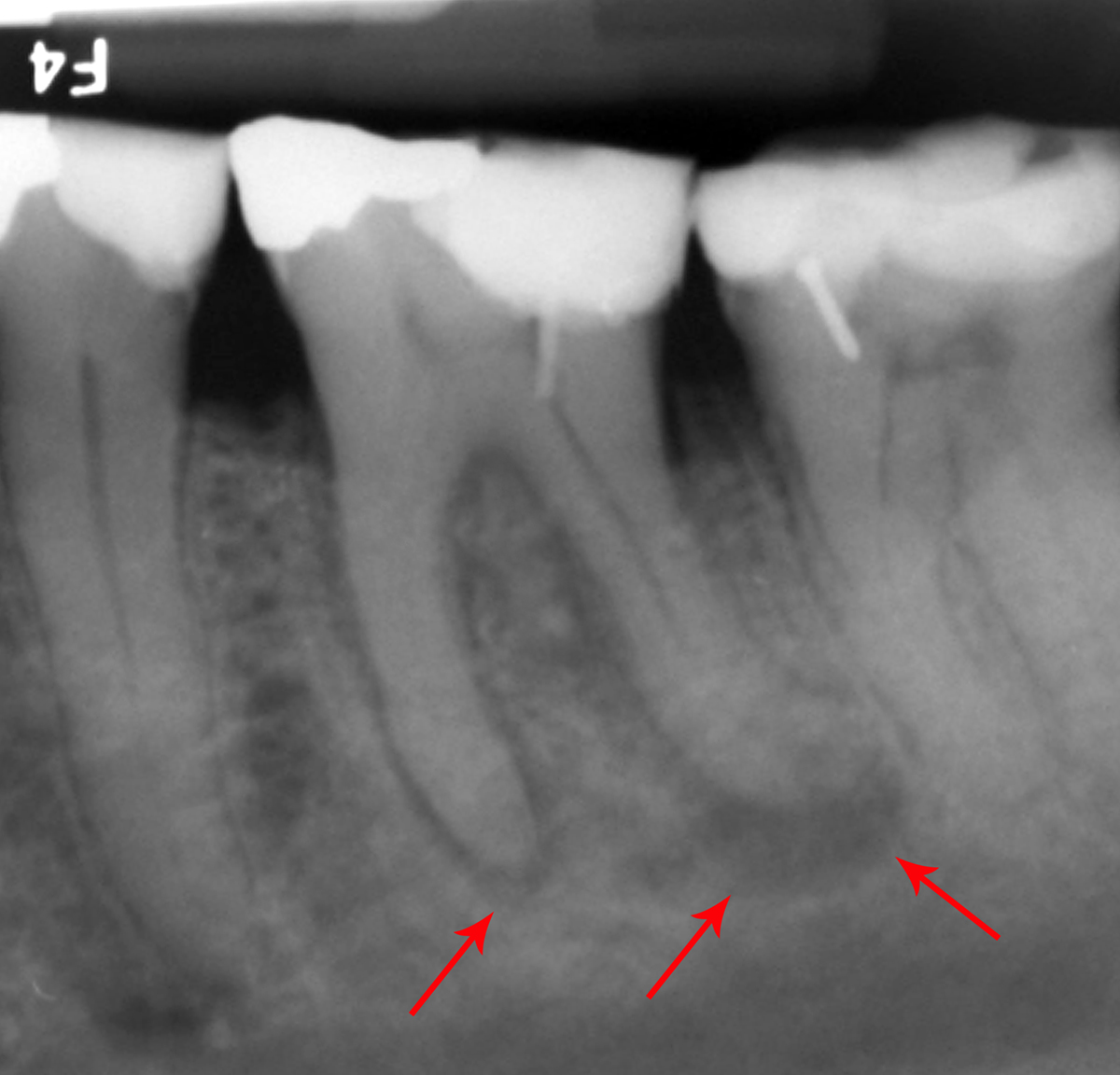
An abscess is what medical experts call a localizedcollection of pus in a cavity that is formed by the disintegration of tissue.
Dental abscesses are usually caused by specificmicroorganisms invading the tissue through wounds or smaller breaks in the skin.
It is the body’s natural defense mechanism in trying tolocalize and infection and trying to build a wall that the microorganisms will notbe able to get through in order to spread throughout the body.
There are three kinds of dental abscesses that all generallylook very similar.
A gum or gingival abscess results from an injury or infectionof the gum tissue’s surface.
If an infection moves deep into the gum pockets, thedrainage of the pus is blocked and in this case, a periodontal abscess results.
A periapical abscess is when the pulp of a tooth isinfected, and usually results from tooth decay.
An abscess can occur by bacteria invading the dentalpulp, causing it to die. The pulp is made up of the nerves and the blood vessels that fillthe inside of the central cavity of the tooth.
This usually happens by way of dental caries, which destroythe tooth enamel and dentin and allow bacteria to reach the pulp.
In cases of injuries suffered by the tooth, the pulp couldget infected as well.
If the infected dental nerve is not treated, then the bonearound the root will continue to breakdown and the cavity, or abscess, willbegin to fill with pus.
Depending on how fast the abscess forms and how well the body is ableto fight it off, the abscess is defined either as being acute or chronic.
In cases of acute abscesses, the patient will experiencepain, swelling and fevers.
The tricky part about chronic abscesses is that they may bepainless and the patient might not even know that he or she has one, whichcould be dangerous, because the abscess will be able to grow unobstructed intothe jawbone.
The symptoms of a dental abscess are basic and logical, such as continuous pain of the tooth, which can be increased by eatingtough food or spicy meals. If it spreads, fevers can result. Local swelling inthe area is also possible.
It is important to identify the type of abscess beforetreating it. In all cases, however, the pus needs to be drained from thecavity.
Antibiotics are often prescribed for the fever and possibleswelling of the lymph glands.
In some cases, a tooth will have to be removed or even rootcanal therapy will be necessary.
Usually, regular over-the-counter painrelievers, bed rest, a soft diet, and fluids will be enough to treat thesymptoms once the dental abscess has been identified and the pus has beendrained.


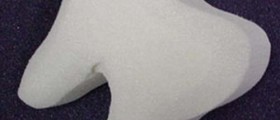

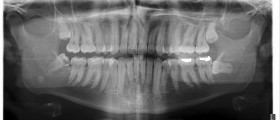
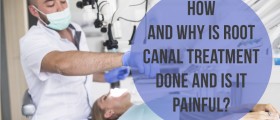

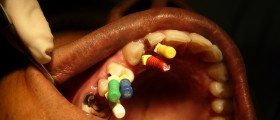

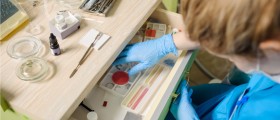
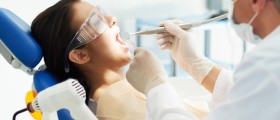

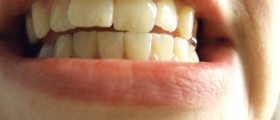
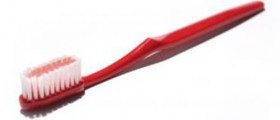
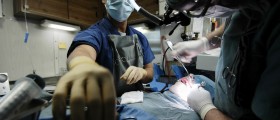
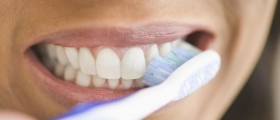
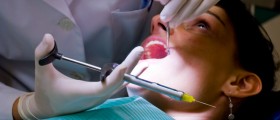
Your thoughts on this
Loading...